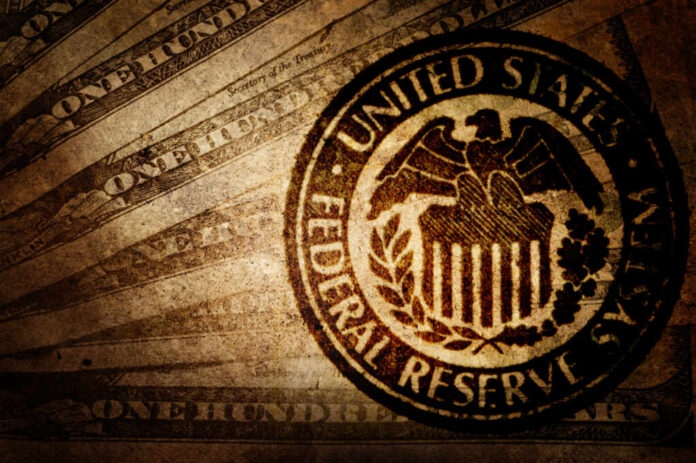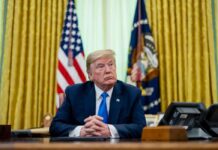
Jerome Powell affirmed in a Sunday night interview that the Federal Reserve is maintaining its plan to reduce interest rates three times this year, with the first cut expected as soon as May.
Powell, during an interview recorded on Thursday for CBS News’ “60 Minutes,” also indicated that the nation’s job market and economy are robust, showing no indications of an impending recession.
Powell said, “I do think the economy is in a good place, and there’s every reason to think it can get better.”
Powell’s statements closely mirrored his comments during a news conference last Wednesday when the Federal Reserve opted to maintain its key interest rate at approximately 5.4%, marking a 22-year high. In an effort to combat inflation, the Fed had raised its benchmark rate 11 times starting in March 2022, resulting in considerably higher borrowing costs for both consumers and businesses.
The Federal Reserve chair reaffirmed that the central bank’s upcoming meeting in March is probably too early for a rate reduction. According to most economists, the initial cut is expected to occur in either May or June.
Powell: Federal Reserve on track to cut rates this year with inflation slowing and economy healthy https://t.co/viheqTcXSG
— The Associated Press (@AP) February 5, 2024
During the “60 Minutes” interview, Powell stated that with inflation gradually moderating, nearly all 19 members of the Fed’s policy-setting committee have reached a consensus that lowering the central bank’s key rate is warranted this year. A reduction in this rate would contribute to lowering the costs associated with mortgages, auto loans, credit cards, and other forms of consumer and business borrowing.
In December, Federal Reserve officials indicated their expectation of implementing three rate cuts in 2024, aiming to reduce their benchmark rate to approximately 4.6% by the end of the year. Powell conveyed during the “60 Minutes” interview that this forecast likely still aligns with the perspectives of policymakers.
Measured by the Fed’s preferred indicator, inflation declined to a mere 2.6% in December compared to the previous year. Additionally, in the latter half of 2023, inflation was registered at an annual rate of just 2%, matching the Fed’s target level. This marked a significant decrease from the peak of 7.1% observed in the summer of 2022.
Powell linked the inflation surge experienced during 2021-2022 to the pandemic-induced disruptions. These disruptions included a shift in consumer spending from services, such as dining out, to tangible goods like home office furniture and exercise equipment. Simultaneously, the global impact of COVID-19 resulted in factory closures and reduced production capacities, causing extensive disruptions in supply chains and widespread shortages of various goods and components. Powell stated that both of these trends contributed to the acceleration of inflation.
Additionally, Powell consistently recognized the robustness of the U.S. economy. He pointed out that inflation had decreased without the significant increase in unemployment and sluggish economic growth that many economists had previously suggested would be required to temper consumer demand and mitigate price escalations.












